-
Posts
1,289 -
Joined
-
Last visited
-
Days Won
20
Content Type
Profiles
Forums
Blogs
Gallery
Events
Store
Posts posted by Komtur
-
-
-
On 03/06/2021 at 17:17, webr55 said:
Here are two of the higher grades together, both with swords. We have v. Wrisberg, but I think we don't have Generalstabsarzt der Armee Prof. Dr. Otto von Schjerning yet: Commander with star with swords
The award is also not in his list on Wikipedia:
https://de.wikipedia.org/wiki/Otto_von_Schjerning
From Münchner Neueste Nachrichten, 17.8.1917
Could it be that we are missing more of the higher grades? This is General d.I. Moriz (sic!) von Lyncker, who got the Großkomtur with swords.
https://de.wikipedia.org/wiki/Moriz_von_Lyncker
From Münchner Neueste Nachrichten, 19.8.1917
2 -
2 hours ago, BlackcowboyBS said:
... claiming that the scenario in which one person could get such an award is highly unplausibly.
Indeed this was the main point I tried to express with my comment.
A second class Red Eagle Order was an award for ranks of major generals and similar navy or civil ranks, sometimes for one rank lower or higher. A jubilee device was handed out, if a decoration was awarded explicitly for a service jubilee. In that case the person must have been in active service for 60 years. It is quite impossible to be a major general in the Prussian Army and serve active for such a long time, because there was no official position, where an officer could persevere in that rank until his at least 76th year of life. But let us imagine, this happend nevertheless. Then our aged general must have been at war after his 60th jubilee to earn the swords to his order.
Highly unplausible is the best phrase for that scenario.
Regards, Komtur.
23 minutes ago, Triad08 said:... I miss the old days, when the Germans communicated their messages clearly and unambiguously... you know, like the message they sent to Poland on September 1, 1939 ...
Well, what should we do, losing two wars, even though having the cuter uniforms and the superior sausages. We were forced to change our attitudes at least.
Without smiley, Komtur.
1 -
It seems to be an about 80 years old at least major general earning a bravery decoration and getting such a decoration in another war before - respect!
If there really exist one - it should be easy to research him ?
Regards, Komtur.
0 -
-
6 hours ago, laurentius said:
I don't want to hijack the subject, but what did Von Mirbach do to get that lifesaving-medal?
Together with his comrade captain baron von Troschke he saved on the 28th of November in 1880 a boy from drowning in the Berlin river Spree. For that rescue both officers of the Garde-Füsilier-Regiment were honoured with the Prussian live saving medal on the 9th of April in 1881.
1 -
-
19 minutes ago, Claudio said:
Additionaly on this portrait both medals are easily to recognise ?
Could you be so kind and show the whole portrait?
0 -
40 minutes ago, Alex K said:
So I'm assuming Hindenburgh received the silver grade based on the link you provided?
I think so.
0 -
It should be the memory medal for the 50th jubilee of the reign of duke Ernst of Sachsen-Altenburg celebrated in August 1903. In January 1903 Hindenburg was appointed commanding general of the IV. Armeekorps. The military contingent from the small duchy Sachsen-Altenburg of two battalions belongs to the 8. Thüringisches Infanterie-Regiment Nr. 153 (16. Infanterie-Brigade, 8. Division, IV. Armeekorps) of the Prussian Army. It can be taken for granted, that the commanding general of the dutchies military contingent was invited to the celebrities of the reigning jubilee and got the medal emitted because of this event.
From July 1900 until January 1903 Hindenburg was commanding the 28. Division of the Prussian Army in Karlsruhe. As this was the capital of the grand duchy of Baden the same as for the medal of Sachsen-Altenburg can be concluded for the medal of the 50th reigning jubilee of the grand duke Friedrich I. of Baden.
0 -
4 hours ago, 1812 Overture said:
Thank you Mr. Dedehansen for your answer. So, should the doctor get the sword-free order? (Non-military version)
No. Because of the rank it seems to be no medical doctor. But even if he would be one, in war times he would get the order with the war decoration.
0 -
-
-
The picture seems to be from 1913 (Friedrich von Ilberg)
0 -
-
-
11 hours ago, ccj said:
Nice photos, who’s the senior officer
The granduke Friedrich August with his wife having tea with their dentist Prof. Bruck and his wife.
0 -
The story of Dieckmann is told here ?
0 -
Bayern, Orden des Hl. Michael, 4. Klasse mit der Krone
0 -
Thank you for the kind words!
But to be true, it wasn´t the whole story ?
The rules opened a possibility to award only the single ribbon to a decoration, one still had, if the kind of ribbon was higher ranking in the question of bravery.
This was a rarely used possibility and it seems to me very unlikely, to retrace such a procedure afterwards.
But it was:
Paul Dieckmann got his Crown Order 4th class with swords on the 2nd November 1905 because of his position as a military veterinary surgeon initial on the white ribbon (with black stripes). But his later merits has been so brave, that he got a separate black war ribbon to his order on 7th December 1907.
This medal bar and the fitting miniature chain came without a name. But the combination of orders and medals, especially because of the very scarce Mecklenburg Military Merit Cross on the noncombattant red ribbon for service in the colonies, is suitable only to him:
2 -
4 hours ago, David M said:
Thanks! Was that the only brotger mentioned?
Yes.
0 -
1 hour ago, chuck said:
Please excuse me if this is sill but would not the cross be on a white and black war ribbon for noncombatants? Which was very infrequently awarded. Their is a very good article (in German) on the topic. Their are very few awards of the Crown Order 4th Class on the white and black ribbon with only 19 in the colonial period and 1 in WW1. ...
These questions are not silly, because the rules for the different ribbons on Prussian decorations are quite sophisticated.
No problem is the normal or official ribbon, e.g. the light blue one for the Order of the Crown.
Then you have the so called war ribbon, black with white stripes on both sides. These were normally handed out with orders with swords. Compared with the normal ribbon, war ribbons are scarce.
Very scarce are, as you´ve mentioned, the white ribbon with black stripes on both sides. These were given out to decorations with and without swords. These combinations got e. g. military officials and military medicals for there merits in war time. More about these, you find in the article, you´ve linked above.
Incredible scarce, but not impossible, are awards of Prussian decorations without swords but on the so called war ribbon. I have currently no numbers, but I am quite sure, Daniel can assist in this question.
Finally it make no sense, to invest in a single prussian order without swords but with a black war ribbon more money, you would pay for both of them separately. Only the combination is scarce, not the single items and you will never know, when they were joined together.
The only possible connection between them, wich would satisfy me, should be on an medalbar. But I collect these for almost 20 years and can´t remember, to have seen an original appearing medalbar with this combination of ribbon and decoration.
Regards, Komtur.
1 -
-




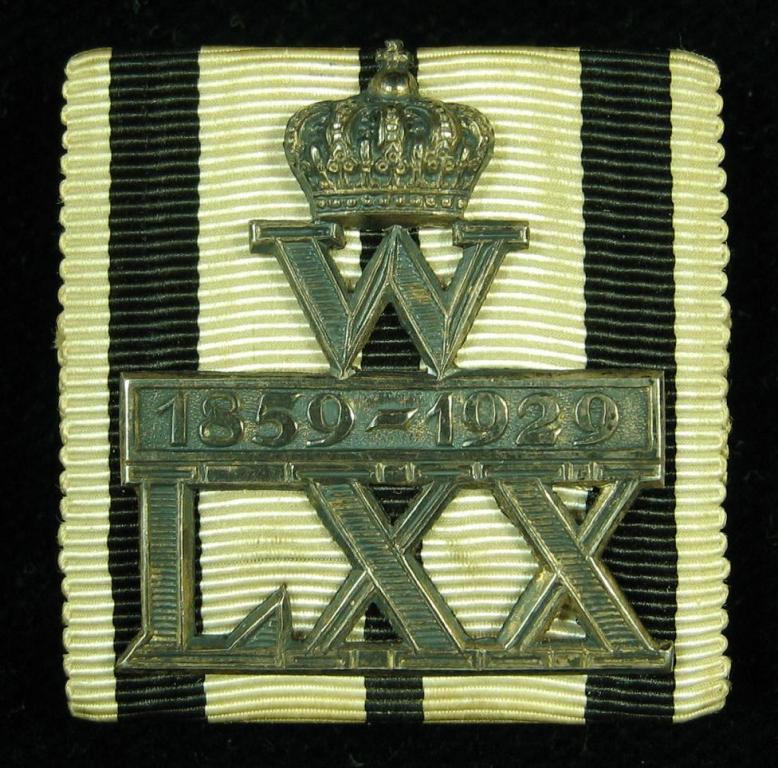
.thumb.jpg.09bf3e2539b9f8ae30ae80cc00333b2a.jpg)
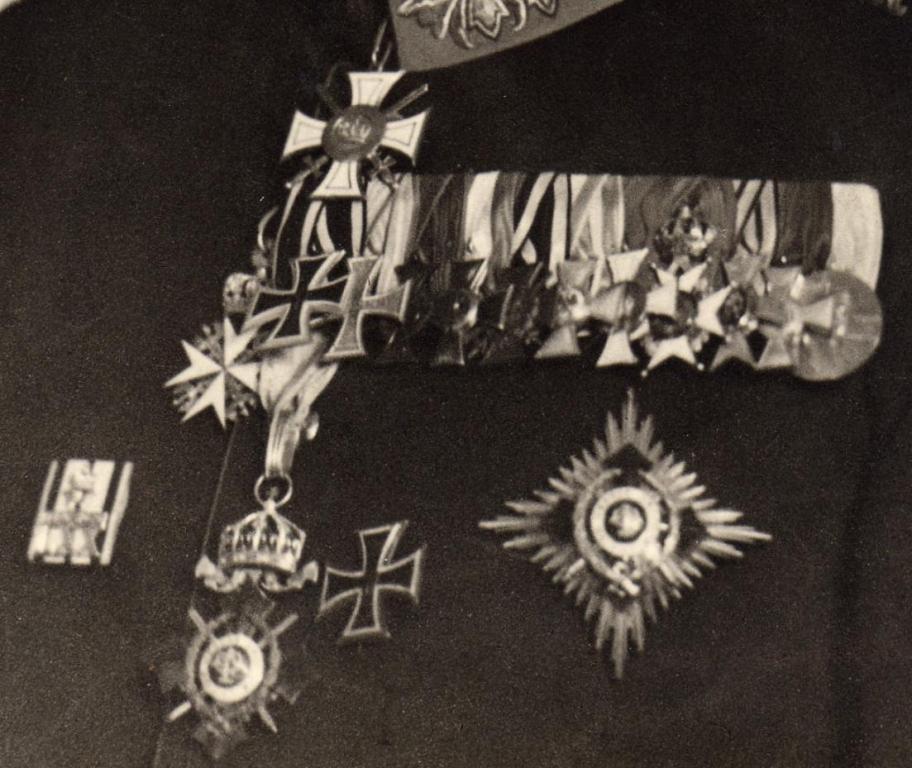
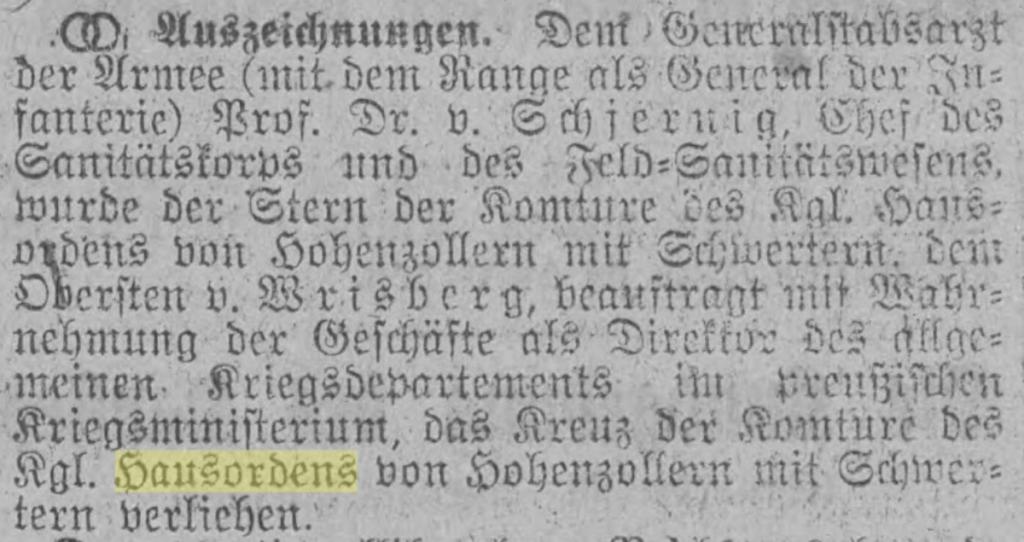

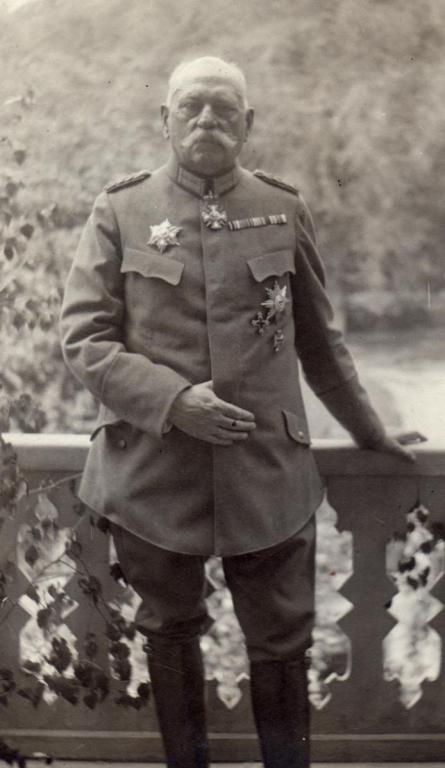

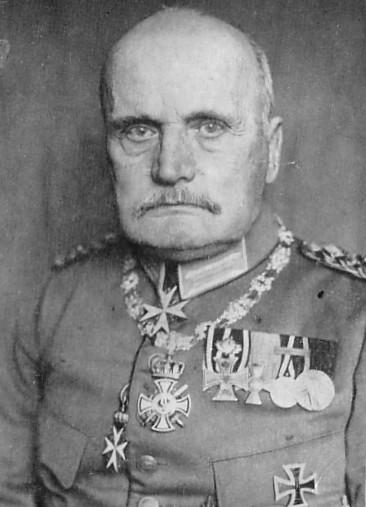
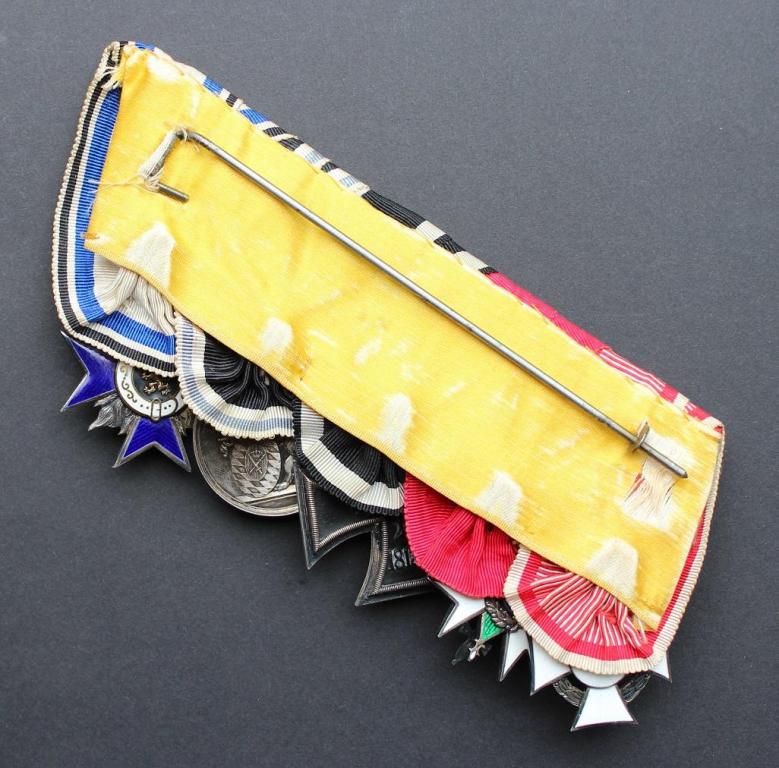


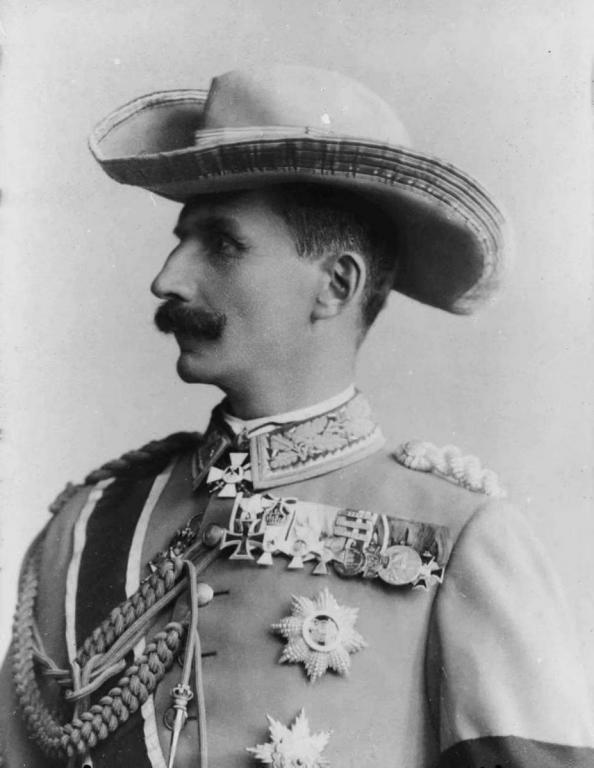
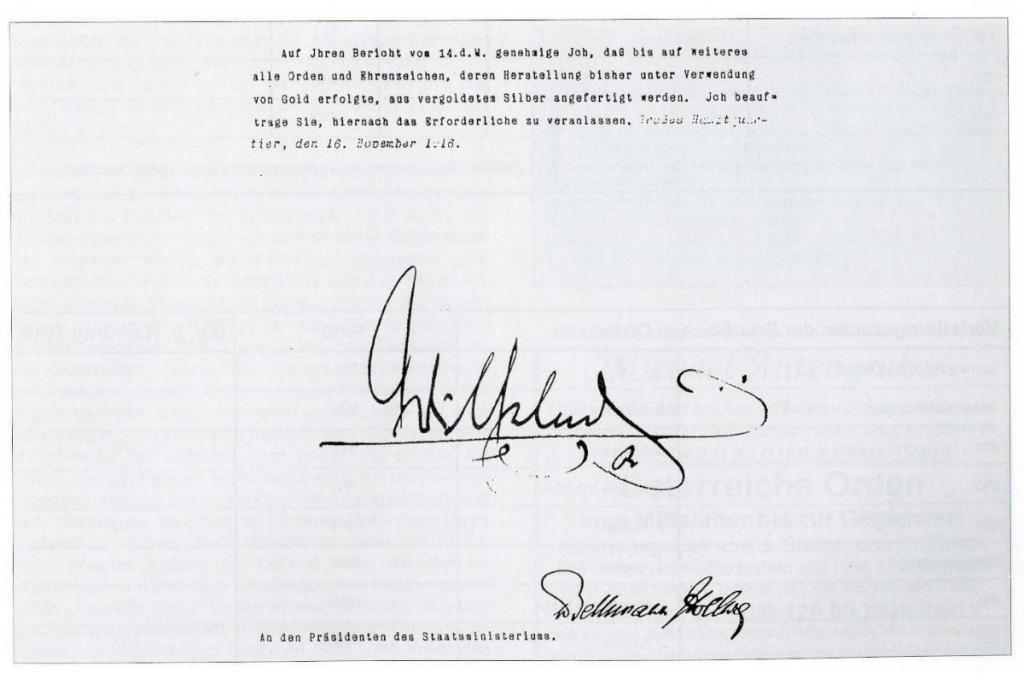
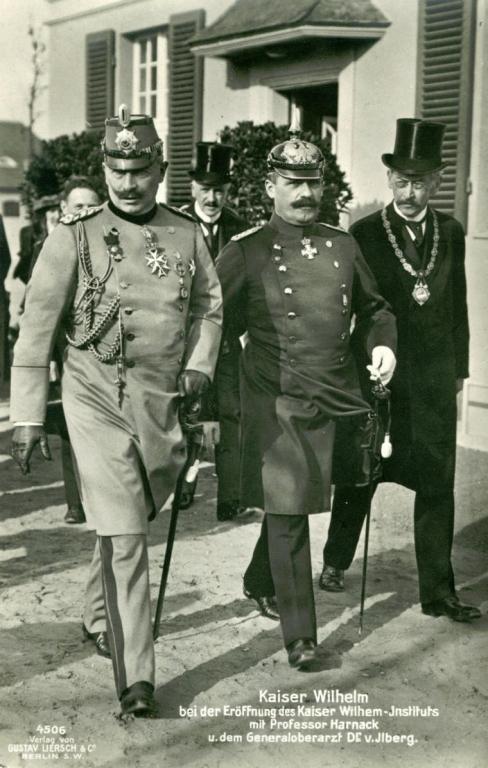
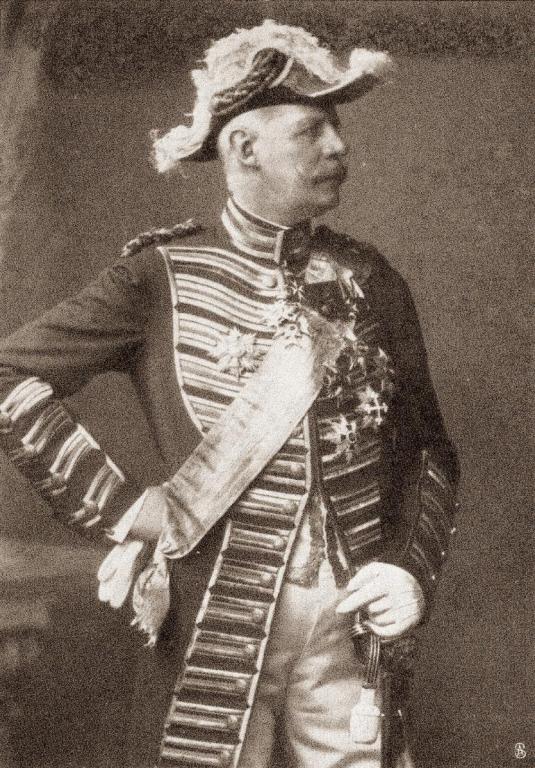
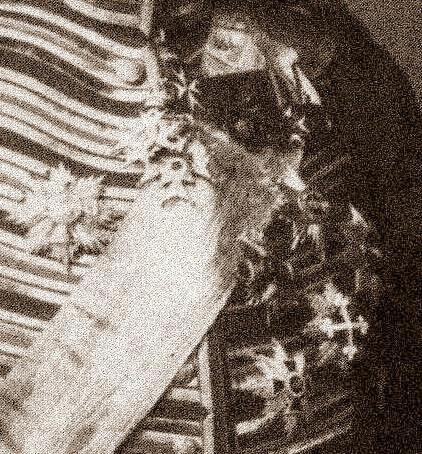

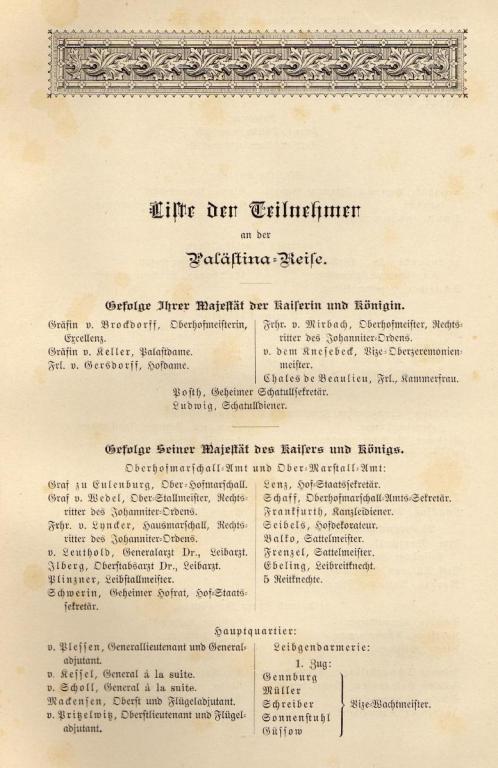
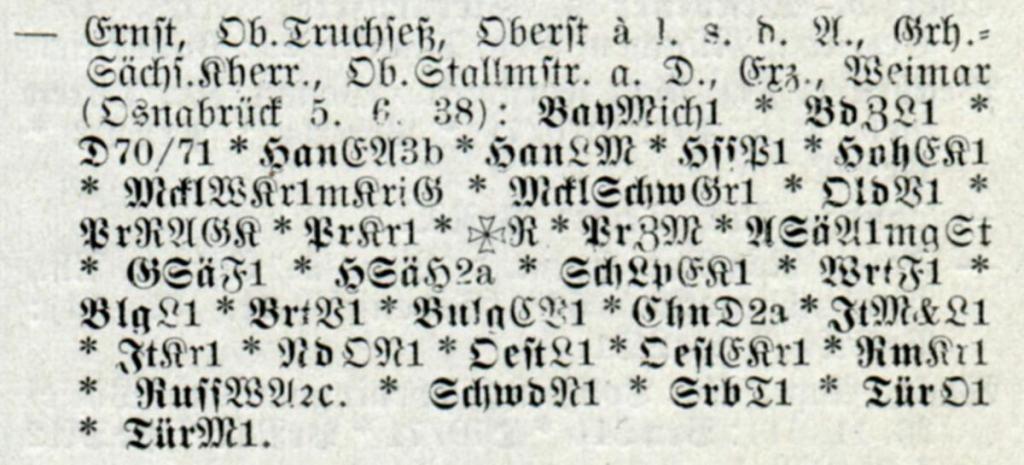



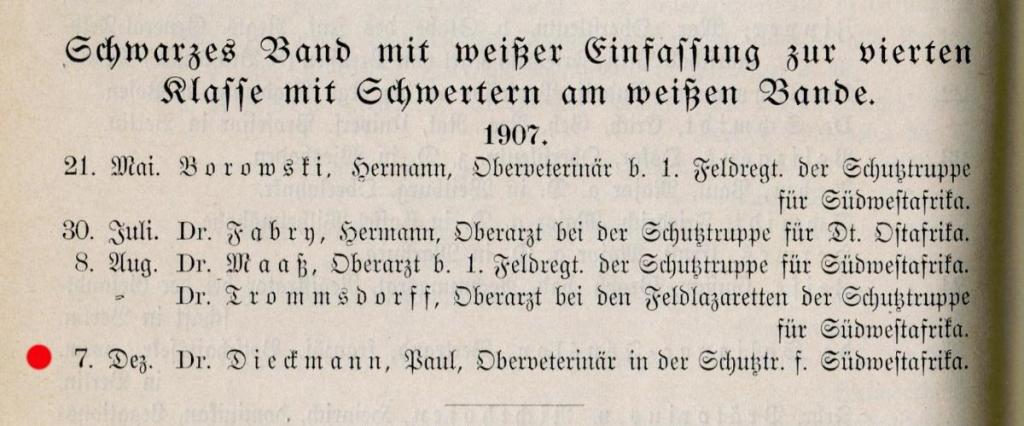
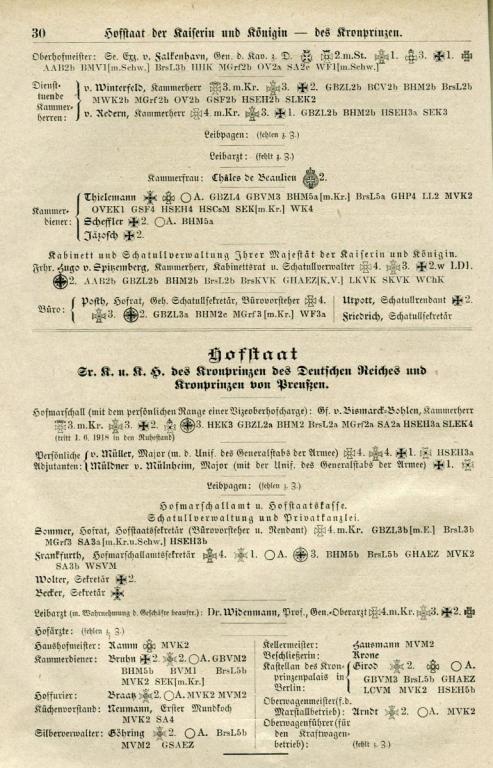
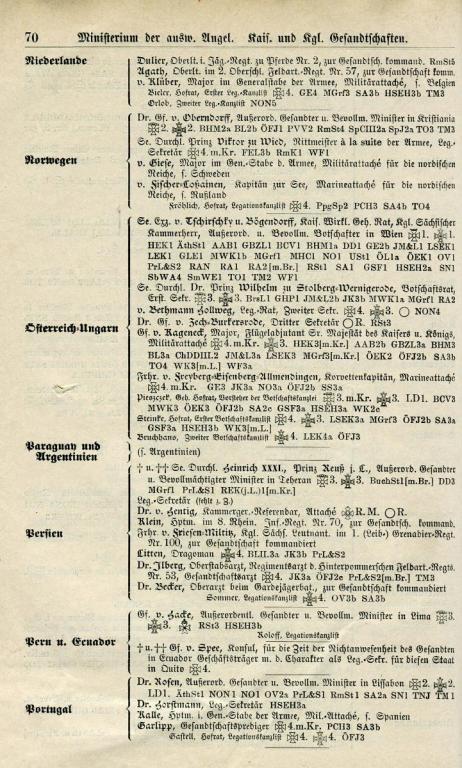
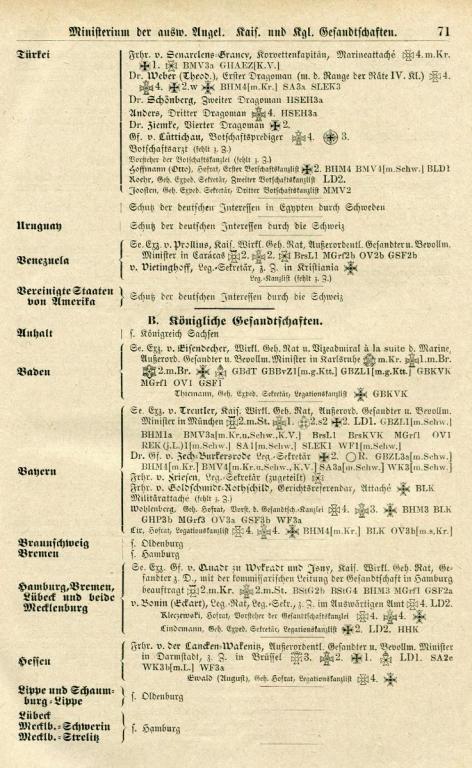
Hans Georg Hermann von Plessen
in Germany: Imperial: The Orders, Decorations and Medals of The Imperial German States
Posted
Here you are: